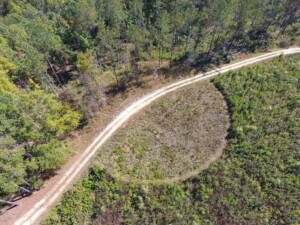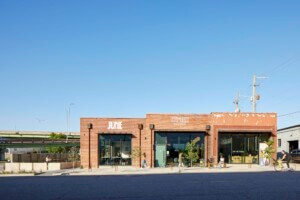In 1860, a ship named the Clotilda surreptitiously slipped into the Mobile River Delta in Alabama carrying an illicit cargo of 110 enslaved Africans. While slavery was not illegal in the United States at the time, importing slaves into the country had been outlawed in 1808. To destroy evidence of the crime, the owners of the ship quickly had it burned and then distributed the Africans among themselves to work their plantations. Twelve years later, long after the 13th Amendment abolished slavery in the United States, 32 of the Africans who crossed the Atlantic aboard the Clotilda returned to the western banks of the Mobile River. Close to where they first set foot on this nation’s soil, they founded the community of Africatown, a place where they could maintain their culture and language in an otherwise foreign and hostile land. It was among the first towns established by African Americans.
Today, Africatown (also known as Africatown USA or Plateau) has been incorporated into the Mobile metropolitan area. Aside from a mural of the Clotilda on a retaining wall and a plaque at a local cemetery, there is little that signals the neighborhood’s connection to this history. As with so many African American communities, Africatown has become blighted through industrial pollution and disinvestment. Abandoned and dilapidated houses and businesses define much of the built environment. A paper mill located there in the 1920s but shuttered in the early 2000s, and in the 1980s much of the land that the town occupied was seized for the construction of the Cochrane Bridge. From a peak of 21,000 residents in the early 20th century, when the paper mill was operating, the population has dwindled to approximately 2,000, about 100 of whom are thought to be direct descendants of Clotilda passengers. Despite decades of organizing and advocacy to improve these conditions, there has been little cause for hope. Now, however, it seems that the very slave ship that started it all might be the key to a brighter future for Africatown.
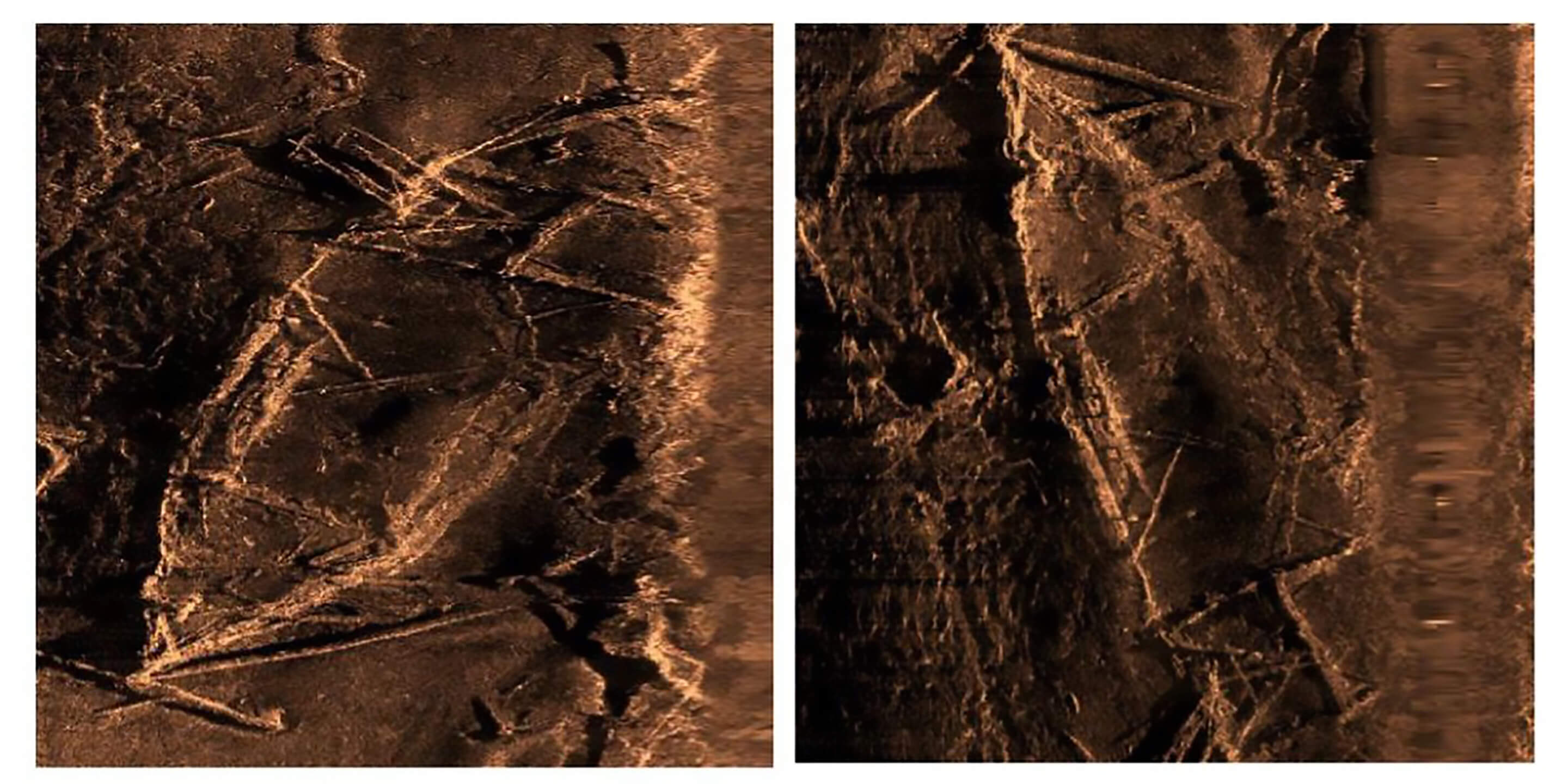
In 2019, the Alabama Historical Commission announced that the remains of the Clotilda had been found in the Mobile River Delta. The discovery sent a ripple of excitement through Africatown. Residents quickly mobilized to establish the importance of their role in the evolving narrative surrounding the illegal slave ship. The culmination of this has been the launch of The Africatown International Design Idea Competition, which aims to imbue the area with programs and architecture that demonstrate its rich, complex history.
The idea competition is one of the many ways the residents of Africatown are harnessing the power of their cultural legacy to uplift the blighted community. M.O.V.E. (Making Opportunities Viable for Everyone) Mobile~Gulf Coast Community Development Corporation commissioned designer, writer, and activist Renee Kemp-Rotan to help achieve its goal of “making sure that Africatown interprets and controls its own narrative, with the huge economic opportunity it now represents because of the Clotilda.” What began as a design for a museum honoring the history of one of the few African-owned settlements in America evolved into a complete creative placemaking of the Africatown/Prichard/Mobile area, steeped in the unique history that shaped it. After extensive community engagement, four sites were selected to host a total of 16 venues, each with distinct programs that honor and interpret the history of Africatown while designing for a hopeful and prosperous future for the community.
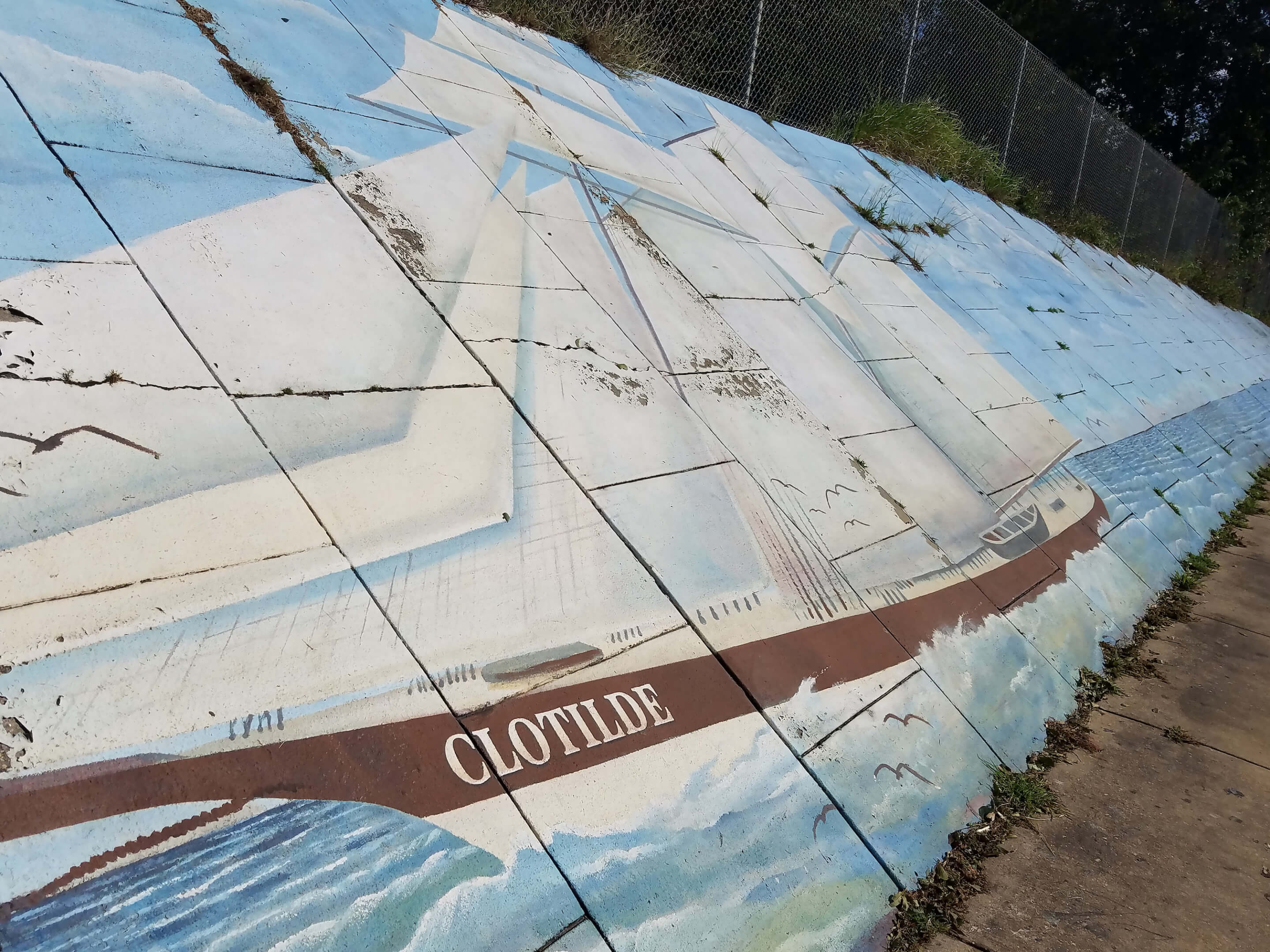
Each site selected for the competition is part of a greater whole, dubbed the Africatown Cultural Mile. The goal of the cultural mile is to provide the area with economic stimulation and a cultural heritage. “We are asking designers to redefine Africatown so that it could be known and admired as a world-class cultural heritage and creative destination system, with the story of a resilient Black people at its heart,” said Vickii Howell, president and CEO of M.O.V.E.
According to The Architectural League of New York’s American Roundtable report on Africatown (also led by Kemp-Rotan and Howell), when Mobile annexed the community in the 1960s there were hopes that the city would take responsibility for its new neighborhood and halt the industrial sprawl and pollution that have plagued the area and cause high levels of cancer and autoimmune disease. Instead, the City of Mobile rezoned much of the neighborhood, shrinking its residential footprint, and opened aboveground waste storage facilities in the vicinity. The community fought back, culminating in a lawsuit against International Paper and a redrafting of the zoning code.
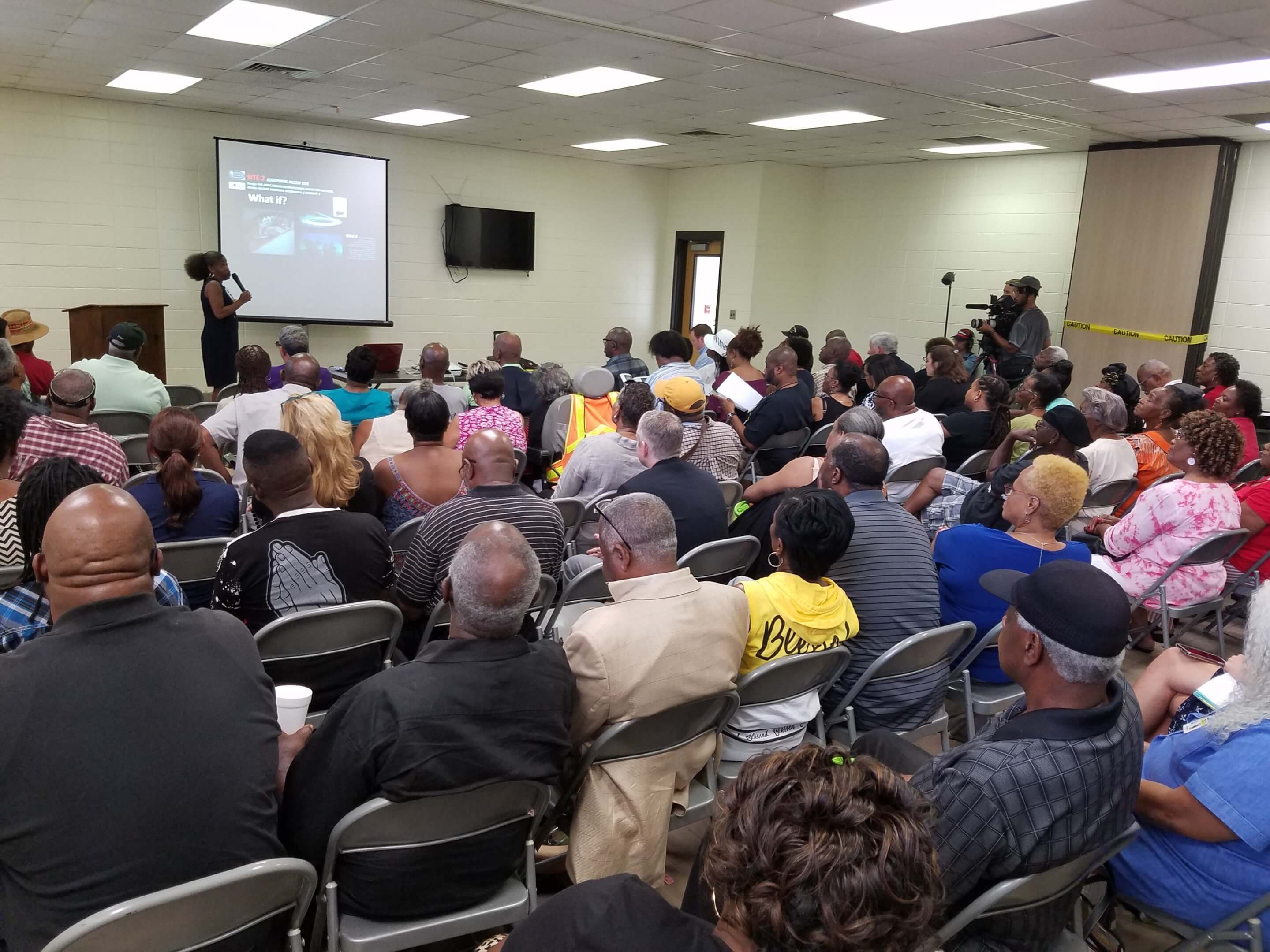
The design competition encompasses this more-recent history as much as it does the origins of Africatown. The competition sites stitch together the long, intricate history of the area, including the Josephine Allen public housing complex (demolished by the City of Mobile in 2019), parts of the industrial waterfront, and the cemetery where the original African founders were laid to rest. “You can connect to all of this history by land and water,” said Kemp-Rotan. “That’s what the competition is really about—cultural tourism as an economic development engine with really cool architecture.”
The winning proposals will be picked by a jury of 16 designers, historians, and local residents. The results will be compiled in a book and given to the community to provide design inspiration and guide the redevelopment of Africatown into a thriving community. Kemp-Rotan adamantly advocates for a community-scale Afrocentric utopia that embraces the entirety of African architecture and celebrates its role in the legacy of Black spaces. “Most of the stuff written about Africatown has been written about the boat and the past and the history,” she said. “Nobody’s really talking about what the future of this place is going to become.” Those wishing to participate must register by September 19. Designs must be submitted by January 19, 2023, and the winning proposals will be announced on March 19 of that year. The winning teams will be invited to Mobile for the first annual International Conference on African Monument Design and Heritage Tourism on Juneteenth (June 19) 2023.
Alaina Griffin is a regular contributor to AN.









